
GENEVA, Switzerland, 24 February 2022 -/African Media Agency(AMA)/- When Kenya’s Ministry of Health set its sights on reaching 10 million people with the COVID-19 vaccination by the end of 2021, many people like Lilian Anyango were not afraid of the myths circulating about the harm it could cause.
She feared missing out.
Join our WhatsApp Channel“We are often forgotten in any plans,” said Anyango, a resident of Kisumu County in western Kenya who lives with a disability. Kenyans with disabilities, Anyango explained, often are overlooked and unreached with social assistance generally. “We live in poverty and depend on handouts to fend for our families or roam in the streets as we eke out for a living. We have no time to visit the hospital to get the COVID-19 vaccination.”
In a 10-day campaign targeting 11 of Kenya’s 47 counties that had some of the lowest vaccination coverage, World Health Organization (WHO) along with the county governments, non-governmental organizations and other partners were determined that no one would be missed. Location would make a difference. Rather than meet people in health facilities only, outreach campaigns were set in different locations where beneficiaries would be reached such as markets, bus parks and other social settings. Additionally, different groups including women and youth groups, motorcycle taxi drivers and religious leaders were engaged to help reach many of the people who tend to get overlooked.
During the December campaign, WHO provided technical and financial support in the 11 counties to help accelerate the coverage of COVID-19 vaccine through strategic risk communication, community engagement and vaccination outreach teams. WHO experts worked with county health teams to coordinate operations at the grassroots so that local authorities took ownership of the efforts to boost COVID-19 vaccination. These efforts included public health information campaigns (printed messages and public addresses) to dispel vaccine myths misconceptions such as concerns that it affects fertility, male libido, or that it causes death. In addition to public education, the teams would announce the location and dates where the community could access the vaccination.
In Kisumu County in western Kenya, one of the 11 counties targeted, WHO teams and the County Department of Health also worked with an association for people living with disabilities and a street families consortium to register members of these groups to leave no one behind.
Vaccination sites were set up where people could easily access them. To help make sure that marginalized people were not neglected, a church in Kisumu offered its backyard for setting a one-day vaccination site. The business community donated facemasks, a tent, snacks and a vehicle for bringing people with disabilities or other vulnerabilities to the site.
By the end of that particular day, 321 people were vaccinated at the church site. Among them were 132 people living with a disability and 189 people without a home.
“As the county health team, we shall continue to work with partners in increasing access to COVID-19 vaccination and support this noble idea in ensuring that all segments of the population are vaccinated, including the vulnerable and marginalized persons,” said Florence Aketch, Kisumu County Coordinator for the Expanded Programme on Immunization.
In Wajir County in northern Kenya, the vaccination uptake campaign was also driven by working with political, religious and community leaders as well as through messages relayed via community radio, which is effective among the nomadic herder communities predominantly living in northern Kenya. Taking vaccines to these communities also meant that vaccination teams would set up vaccination stations at watering points.
“It takes a lot of commitment and resources to vaccinate people living in sparsely populated regions,” said Dr Adam Haji, a WHO medical officer. “It is not enough to send them messages, it must be accompanied with a lot of hard work like driving many kilometres on a bad roads to get people vaccinated.”
Engaging local communities to support the COVID-19 response and accept the vaccine has been a core part of how the government, with WHO inputs, has worked to protect the country.
“Beyond COVID-19 risk communication, WHO in Kenya has invested resources in community engagement to better understand the facilitators and barriers that people experience in observing public health and social measures. Through dialogues with different groups, we have been able to secure their commitment in accepting the COVID-19 vaccine” said Dr Juliet Nabyonga, acting WHO Representative in Kenya.
Distributed by African Media Agency (AMA) on behalf of World Health Organization.
Source : African Media Agency (AMA)

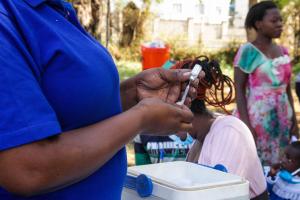


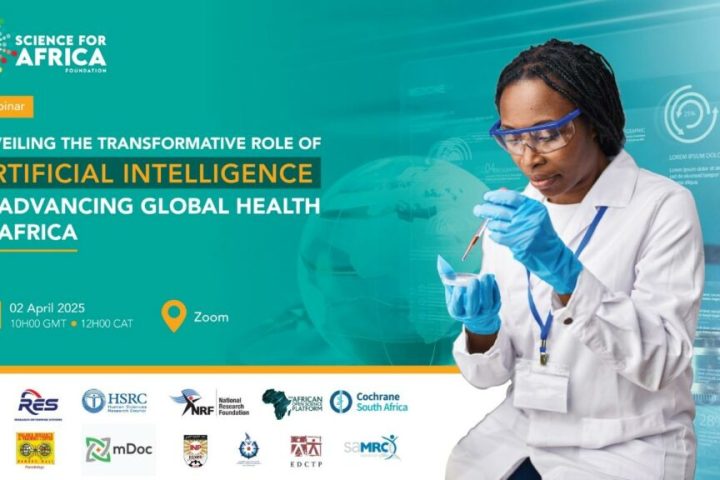
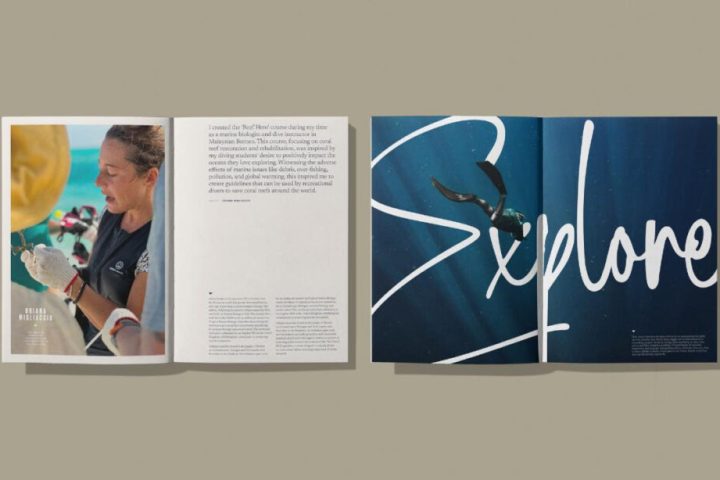
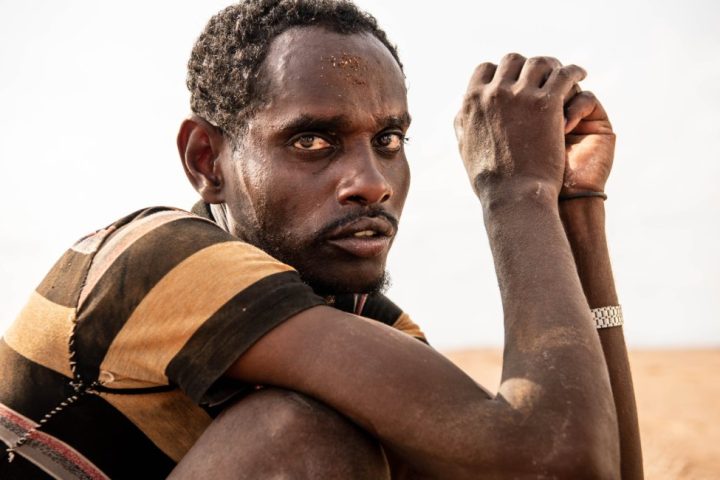


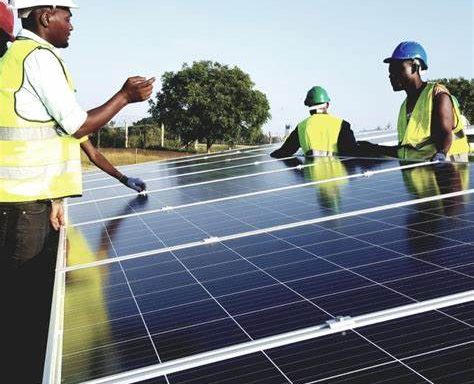





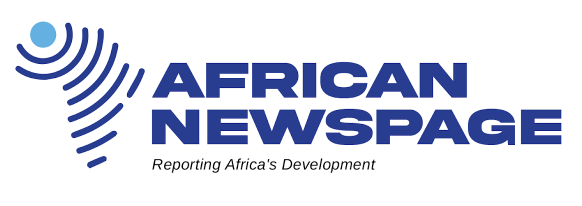

Follow Us